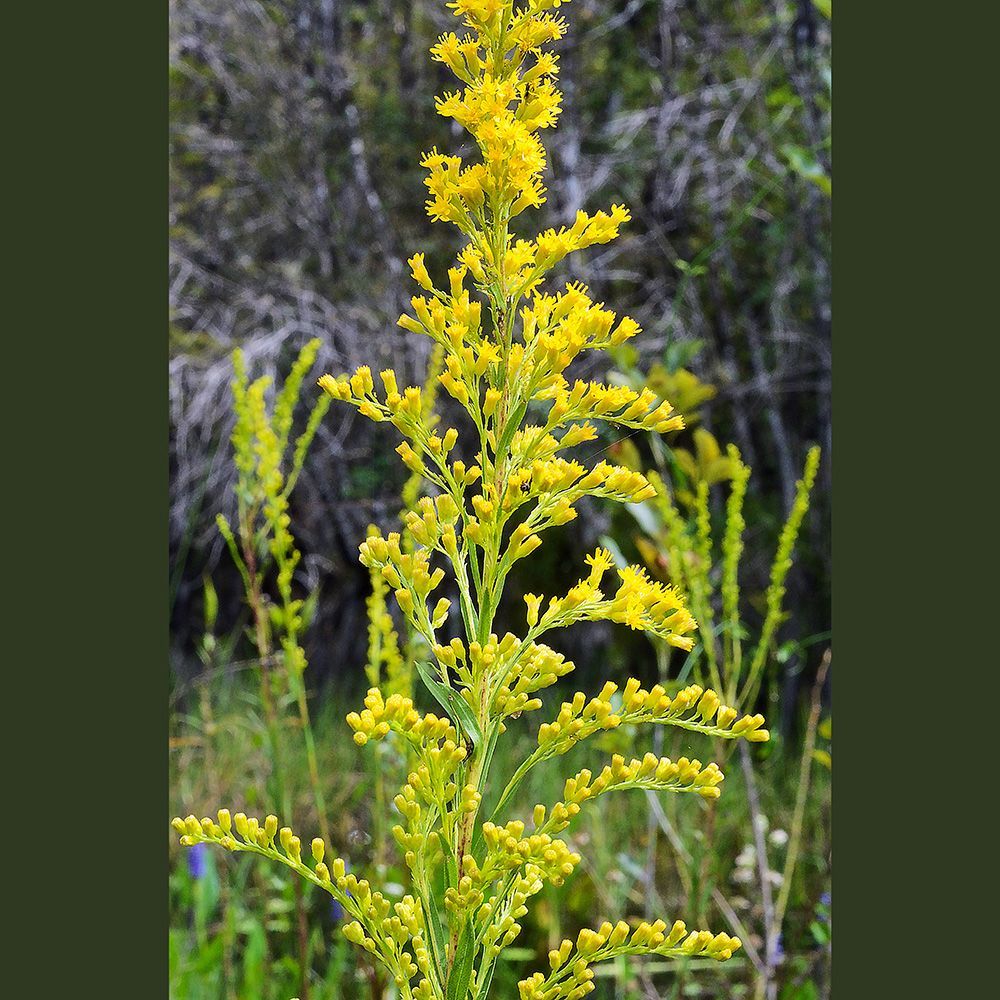FNPS Plant Database
Solidago leavenworthii
Nomenclature
Common Name:
Synonym(s):
Genus species:
Family:
Asteraceae (Compositae)
Plant Specifics
Form:
Size:
Life Span:
Long-lived perennial
Flower Color:
Fruit Color:
Phenology:
Noted For:
Landscaping
Recommended Uses:
Considerations:
Availability:
Propagation:
Light:
Moisture Tolerance:
Always Flooded---------------------------------Extremely Dry
□□□□□□□□□□□□□□□□□□□□□□□□■■■■■■■■■□□□□□□□□□
Not wet but not extremely dry -to- Short very dry periods
Salt Water Flooding Tolerance:
Unknown
Salt Spray/Salty Soil Tolerance:
High. Can tolerate significant and ongoing amounts of salt.
Soil or Other Substrate:
Soil pH:
Suitable to Grow In:

USDA zones are based on the average annual extreme minimum winter temperature.
Don't know your zone? Click here to search by zip code.
Ecology
Wildlife:
- Used for nectar by butterflies.
- Attracts a wide variety of pollinators, especially bees. Chauliognathus pensylvanicus is one or the many goldenrod pollinators ( FL Wildflower Foundation ).
- Is a larval food for some lepidopterans, mostly moths.
- Songbirds such as goldfinches and sparrows eat the seeds, and mice and deer browse the foliage and flowers.
- Birds feed on the insects collecting pollen and nectar.
- Provides cover for many small animals including but not limited to lizzards, skinks, snakes, and mice.
Native Habitats:
Comments:
Ethnobotany:
The leaves can be used to make a tea.
Goldenrods are not a cause of hay fever. They got the blame for ragweed which blooms at the same time of year.
General Comments:
Citations:
Association of Florida Native Nurseries. 2023. https://www.fann.org/plants/detail/solidago-leavenworthii
BONAP. 2014. http://bonap.net/Napa/TaxonMaps/Genus/State/Solidago.
Institute for Regional Consersvation. 2023. https://www.regionalconservation.org/beta/nfyn/plantdetail.asp?tx=Solileav.
Missouri Botanical Garden. https://www.missouribotanicalgarden.org/PlantFinder/PlantFinderDetails.aspx?taxonid=277477&isprofile=0
Wunderlin, R. P., B. F. Hansen, A. R. Franck, and F. B. Essig. 2021. Atlas of Florida Plants ( http://florida.plantatlas.usf.edu/ ). Institute for Systematic Botany, University of South Florida, Tampa.







